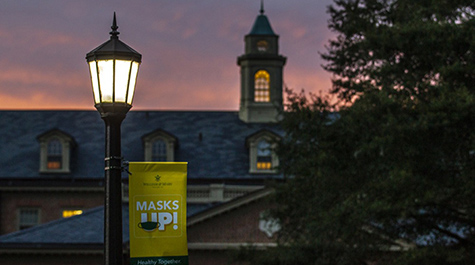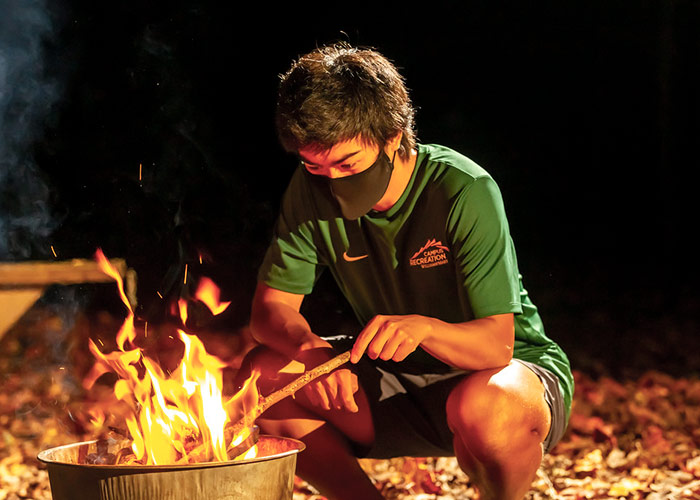One year under pandemic: Creativity, resiliency and community at W&M
One year ago today, the World Health Organization declared COVID-19 a global pandemic. That same day, William & Mary President Katherine A. Rowe announced that in-person classes were suspended and that the university would move to remote modes of instruction.
“We are in wholly new territory and will learn as we go, together,” she said. “For many of us as individuals, there will be disappointments and frustrations. For some, there may be real sacrifices, unexpected challenges or burdens that are hard to see. So I ask that you hold close our core values of belonging and respect. … William & Mary is a resilient community. I have seen this firsthand, particularly in recent weeks. We take care of each other. I am confident that will be the case in the coming days and weeks.”
Her words would prove true over the next 12 months as the university and its community members faced unprecedented trials, experiencing both challenges and successes all while finding ways to support one another and the larger community.
The following is a look back at the past year and some of its significant milestones. Links within the text will take you to some of the stories that highlight how the W&M community responded to the pandemic, both on campus and abroad. Find more stories related to W&M’s response to COVID-19.
The W&M community is finding creative and innovative ways to stay healthy and flourish this year. View the Gallery.
Responding to a crisis
- March 7-15, 2020: Spring break, students are asked to not return to campus yet
- March 11: W&M declares a shift to remote learning, cancels events and travel
- March 14: Campus is informed of first known positive case, a staff member
- March 16: Campus closes to the general public; employees are asked to work remotely
- March 23: Classes begin online
- March 25: Undergraduate residence halls close
- March 27: President Katherine A. Rowe hosts first virtual community conversation
- April 16: Moment of silence for those who died from COVID-19
- May 16: Virtual degree conferral ceremony
As the country grappled with the steady spread of the virus in early 2020, William & Mary’s leaders approached the crisis with phased decision-making and a commitment to four goals: safeguarding the health of students, faculty and staff; ensuring students complete their classes; maintaining the university’s research and other operations; and joining in the national effort to slow the spread of COVID-19.

The university announced interim guidelines on March 11. All in-person classes were suspended, with classes beginning again online or remotely on March 23. Additionally, W&M canceled all university-sponsored travel and events.
A website was launched to provide online instruction, remote learning and technology resources and support for faculty and staff. The Studio for Teaching & Learning Innovation offered an assortment of resources to help faculty members throughout the transition to remote teaching and learning, from daily webinars, drop-in sessions and new tutorials.
Health & Wellness did a quick pivot to producing video content as the campus community started to disperse in mid-March, creating a Virtual Health & Wellness website, which launched March 19.
Private support through the For the Bold campaign helped provide resources for students in need. The newly established Health, Emergencies, And Resources for the Tribe (HEART) Fund, the Edith Rohlfs Marsh Endowment, the Student Affairs Emergency Fund (non-loan) and the Janet, John and Elizabeth Osborn Emergency Fund Endowment are just a few examples of funds that were tapped to help students facing hardships during the COVID-19 crisis.
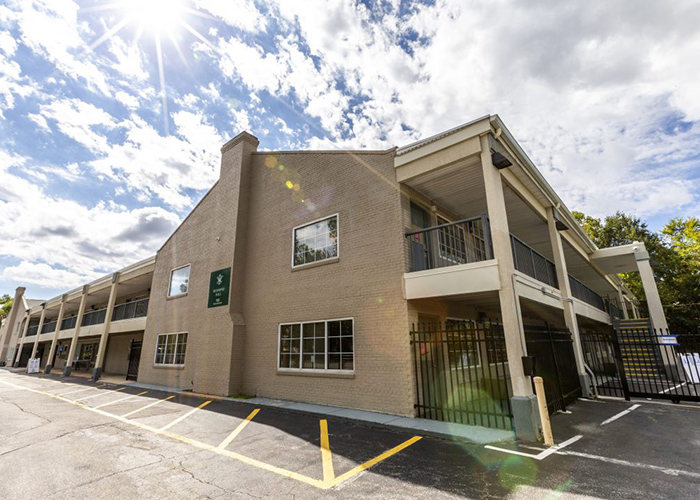 At the same time, students and alumni played a critical role in meeting the needs of the community. Several students stayed in Williamsburg to continue in healthcare roles.
At the same time, students and alumni played a critical role in meeting the needs of the community. Several students stayed in Williamsburg to continue in healthcare roles.
“My first shift going back into the hospital after everything happened, I said to myself, ‘OK, this is the choice that I’ve made. I am not going home for the foreseeable future,” said Gillian Gaunt ’21, a scribe at Sentara Williamsburg Regional Medical Center. “I’m going to stay here and help in the smallest way possible.’”
Operating in pandemic
- June 12, 2020: W&M announces “The Path Forward: Fall 2020,” including multiple modes of learning and an early start and early end to the semester
- July 22: W&M announces testing requirements
- July 27: W&M launches Healthy Together Community Commitment
- Aug. 5: W&M’s campus reopens
- Aug. 8: First phase of move-in begins, with negative COVID tests required
- Aug. 19: Undergraduate classes begin online and virtual opening ceremony held
- Oct. 12-23: Virtual Homecoming & Reunion Weekend
- Nov. 25: Undergraduate residence halls close
- Dec. 12: Virtual Yule Log ceremony
During the summer months, the university prepared for a potential return to in-person classes, shifting its efforts among changing guidelines from the state and other government entities.
Classrooms were reconfigured to meet physical distancing guidelines, a testing program was established and the university’s Healthy Together Community Commitment was created to establish a set of shared norms for the university’s community.
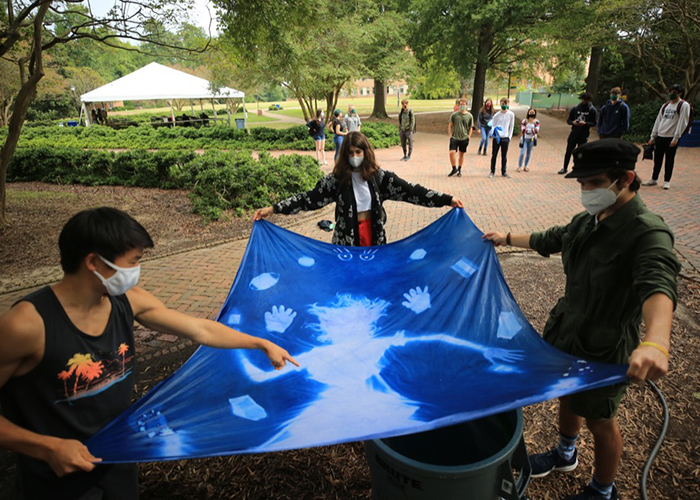 The university’s faculty found new ways to teach and conduct research, including faculty in fields like STEM and the arts, in which in-person activities are usually required. Staff also found ways to adapt, some of them stepping into completely new roles and making new connections with other employees.
The university’s faculty found new ways to teach and conduct research, including faculty in fields like STEM and the arts, in which in-person activities are usually required. Staff also found ways to adapt, some of them stepping into completely new roles and making new connections with other employees.
“There was this great group conscience on campus that said we need to communicate and work together for us to succeed,” said Tim Russell, university space manager in Facilities Management.
Meanwhile, W&M’s leadership looked for ways to minimize the long-term consequences of the financial impact of COVID-19. Among other things, the university instituted a hiring freeze and employees were asked to curtail all purchases not considered “mission critical.”
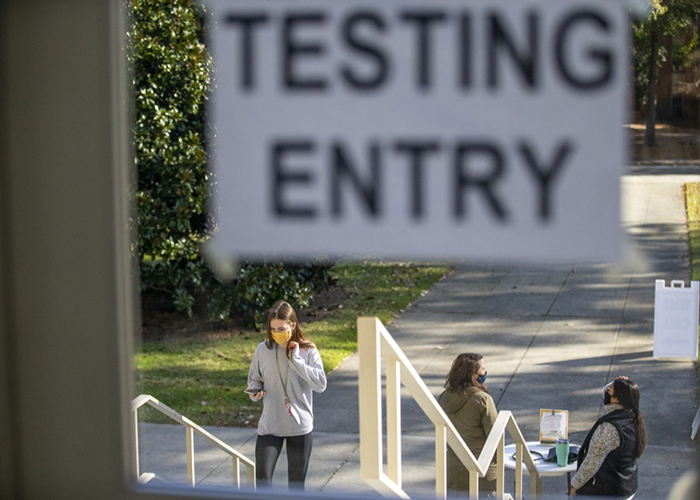 As the fall semester got underway, after a phased move-in, the university continued its testing efforts, adding in wastewater and prevalence testing. A case management team was established to help guide people who tested positive or were in close contact with someone who had, and Richmond Hall became the first location of quarantine housing for students.
As the fall semester got underway, after a phased move-in, the university continued its testing efforts, adding in wastewater and prevalence testing. A case management team was established to help guide people who tested positive or were in close contact with someone who had, and Richmond Hall became the first location of quarantine housing for students.
The university also launched a dashboard to provide the community the latest data on current cases among students and employees. Additionally, a Public Health Advisory Team was created to provide the COVID Response Team with expert guidance, based on medical research, scientific data, guidance from federal and state agencies and consultation with professional peers.
“It’s easy to react and become fearful,” says Amy Sebring M.P.P. ’95, William & Mary’s chief operating officer and COVID-19 director, who chairs the Public Health Advisory Team. “I appreciate this team so much because they are so knowledgeable. They also are really good at keeping us focused on the science and combatting fear.”
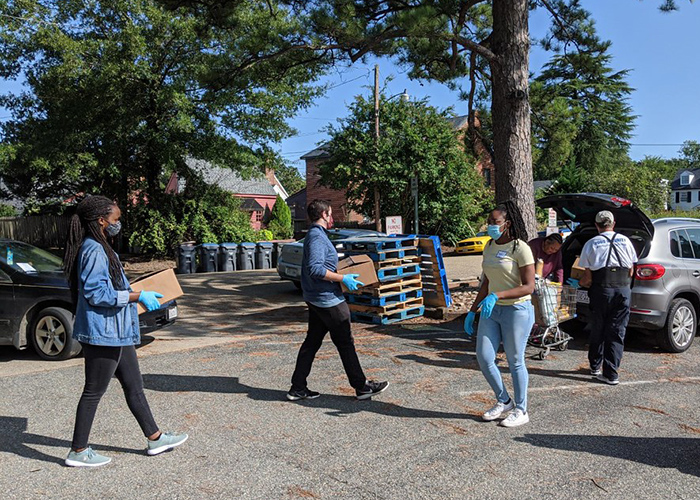 Despite everything happening at William & Mary, the university’s community never stopped looking for ways to serve the greater good. Adapting to pandemic conditions, William & Mary’s Office of Community Engagement transformed its ongoing programs to continue reaching out. The department’s new GivePulse platform is offering students and community members ways to connect with service opportunities, and the Presidential Call to Service Council is spending this academic year exploring what service expansion could look like in the future.
Despite everything happening at William & Mary, the university’s community never stopped looking for ways to serve the greater good. Adapting to pandemic conditions, William & Mary’s Office of Community Engagement transformed its ongoing programs to continue reaching out. The department’s new GivePulse platform is offering students and community members ways to connect with service opportunities, and the Presidential Call to Service Council is spending this academic year exploring what service expansion could look like in the future.
The university’s alumni have also played a significant role in serving the community and combatting COVID-19, many of them on the front lines of the effort to slow or stop the spread of the virus.
For instance, Dr. Lisa A. Jackson ’84 was part of a team that launched one of the first human clinical trials for a vaccine to block infection from the virus that causes COVID-19. Maj. George M. “Chip” Autry V ’02 helped coordinate vaccine distribution as part of Operation Warp Speed. And Melissa J. Moore '84 has been a significant part of Moderna's efforts to produce COVID-19 vaccines as the company's chief scientific officer of platform research.
Looking to the future
- Jan. 22, 2021: Phased move-in for the spring semester begins
- Jan. 27-Feb. 9: Undergraduate classes begin remotely
- Feb. 10: In-person and blended instruction begins
- Feb. 11: Virtual Charter Day ceremony
- Feb. 12: First spring break day of the semester
- Feb. 18: Community conversation with Dr. Anthony Fauci
- March 1-8: W&M, City of Williamsburg and VDH work together to vaccinate 500 W&M employees in a week.
- March 2: University announces Commencement plans for Class of 2020 and 2021
William & Mary started the spring semester with another phased move-in and a plan to modify the traditional one-week Spring Break to provide students with one-day breaks throughout the semester.
The university’s Charter Day ceremony was held virtually, and plans for in-person Commencement activities for the classes of 2020 and 2021 were announced.
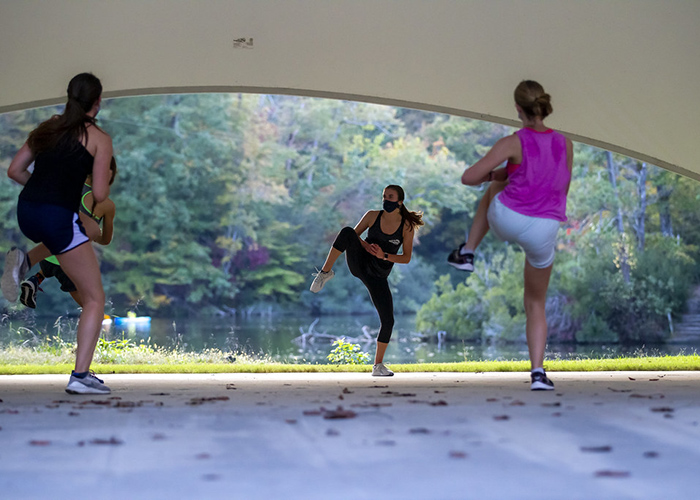 In a virtual community conversation Feb. 18, Director of the National Institute of Allergy and Infectious Diseases Dr. Anthony Fauci told the W&M community that he expected vaccines to be widely available to college-aged students in May. Fauci said he has seen many people come together to help fight COVID-19. There’s still work to be done, however.
In a virtual community conversation Feb. 18, Director of the National Institute of Allergy and Infectious Diseases Dr. Anthony Fauci told the W&M community that he expected vaccines to be widely available to college-aged students in May. Fauci said he has seen many people come together to help fight COVID-19. There’s still work to be done, however.
“Where I would like to see it be is we have this outbreak under control and it is no longer the threat that it is,” Fauci said. “I believe we’re going to get there within this calendar year in the United States, but the problem is a global pandemic requires a global response.”
With vaccines now being available through the Virginia Department of Health, the COVID Response Team has been working closely with VDH and its regional partners to identify possible vaccination opportunities for employees.
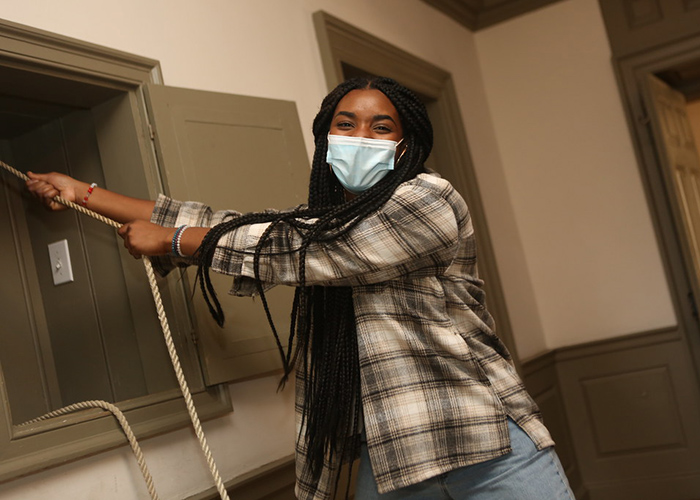 During the first week of March alone, the COVID Response Team was able to help more than 500 people receive their vaccination, according to a March 9 message from Sebring.
During the first week of March alone, the COVID Response Team was able to help more than 500 people receive their vaccination, according to a March 9 message from Sebring.
“It is not lost on me that the reason William & Mary is able to remain open throughout the pandemic is directly linked to our community’s ability to remain compassionate and caring,” Sebring said. “The Healthy Together Community Commitment is a reflection that we have a shared responsibility to one another. Time and time again, we have come together to prove that we are a resilient, and now even stronger, W&M community.”















